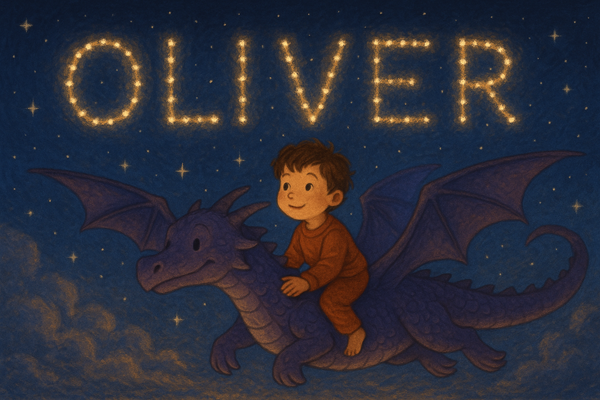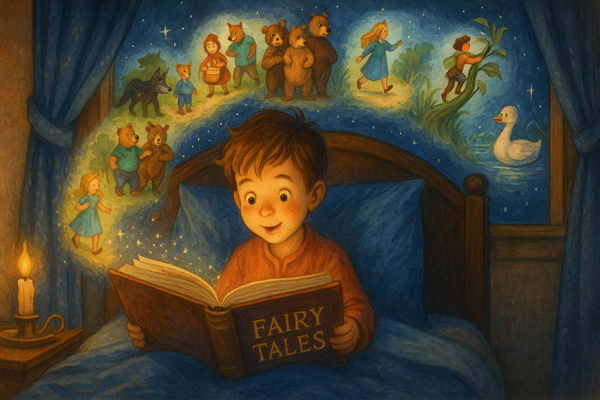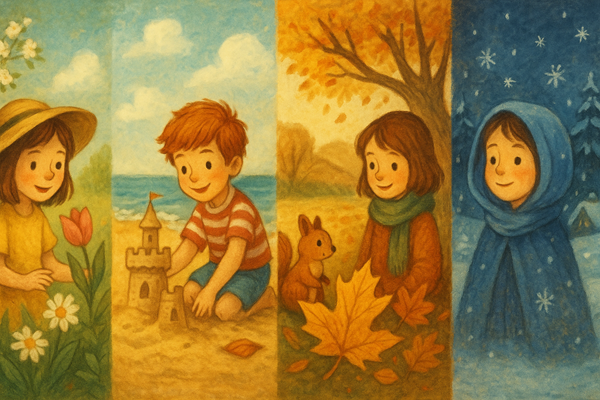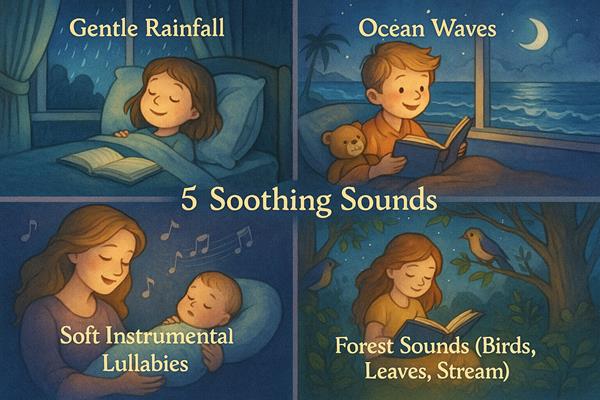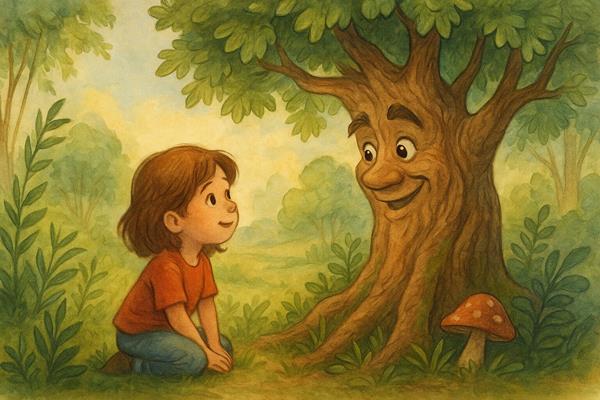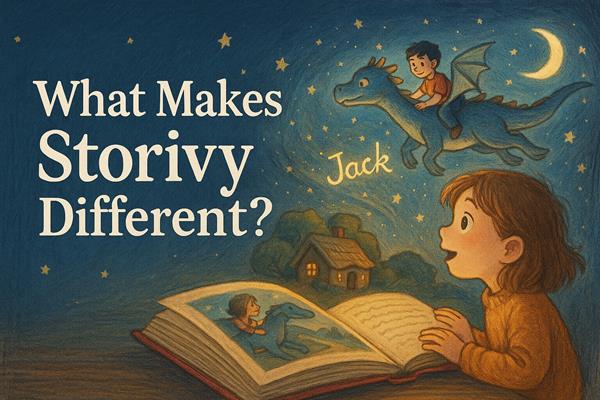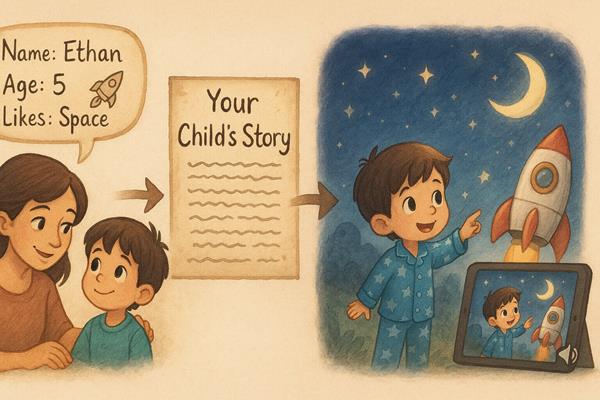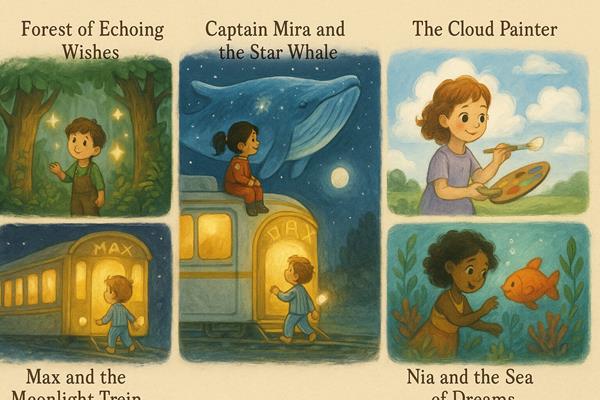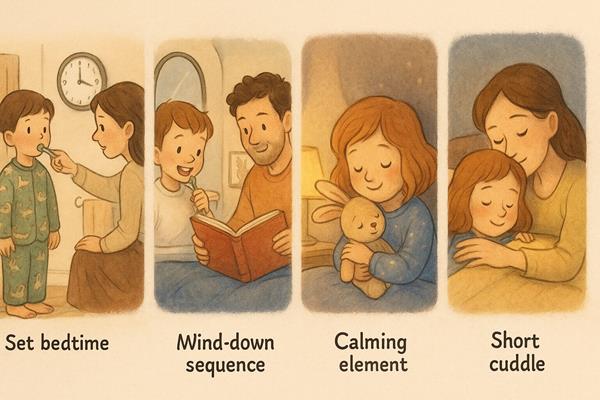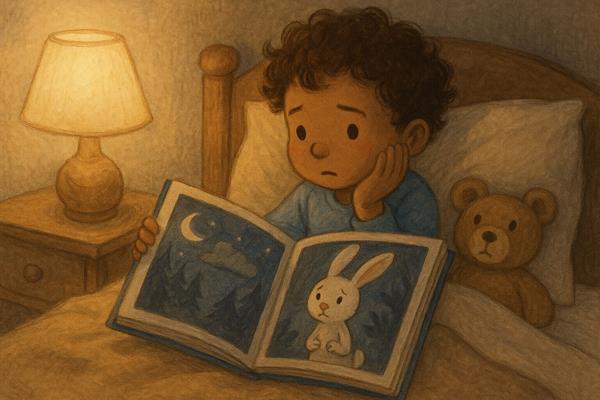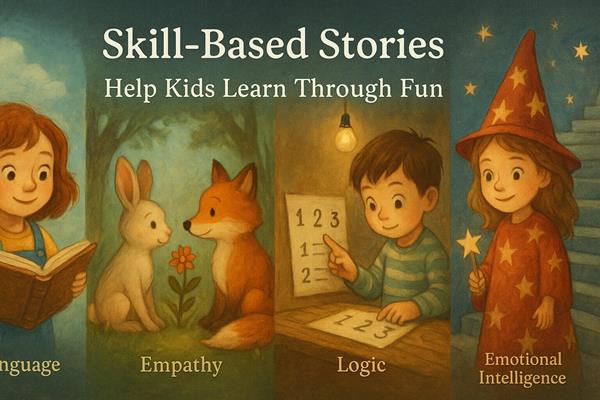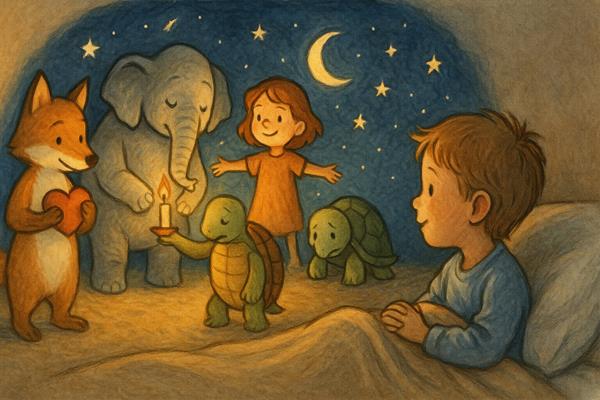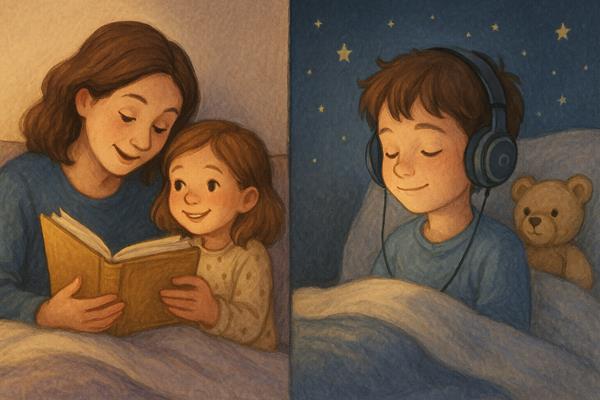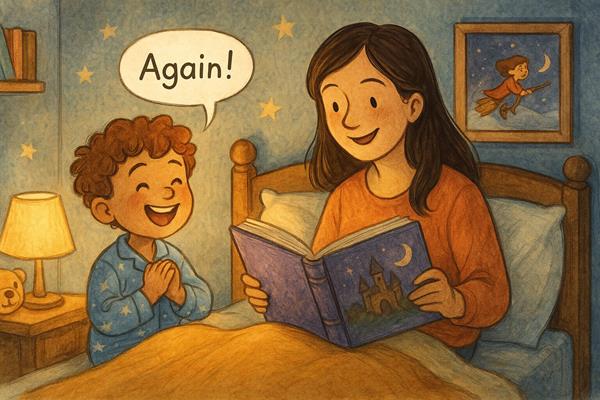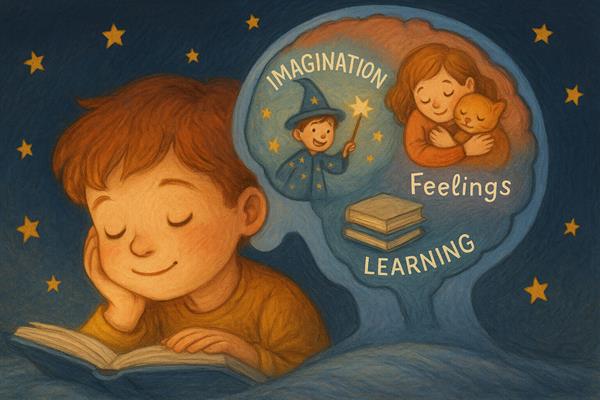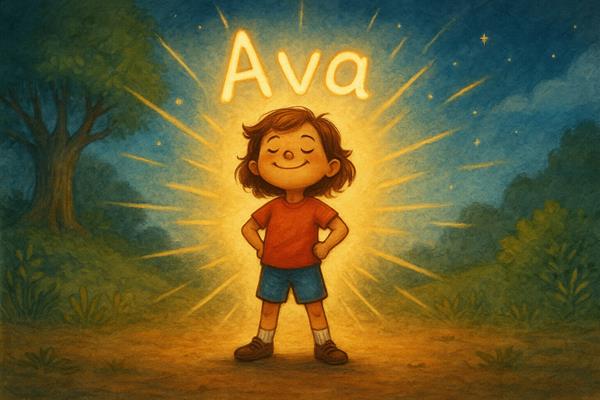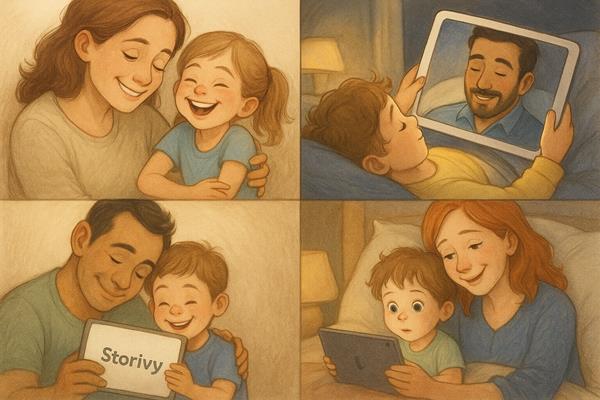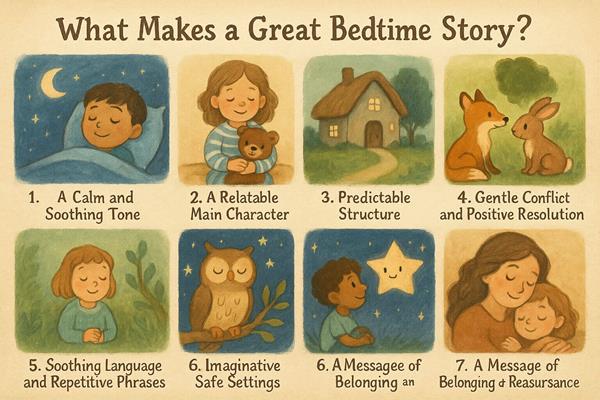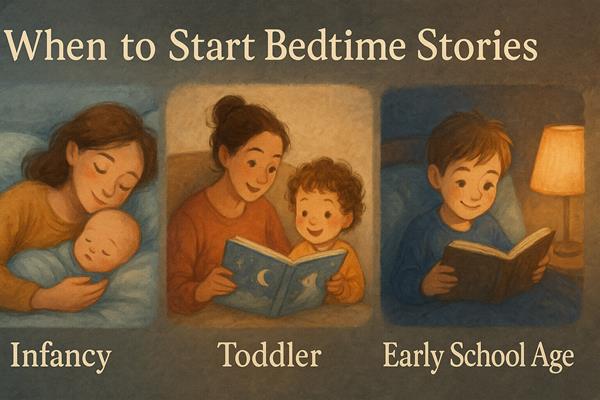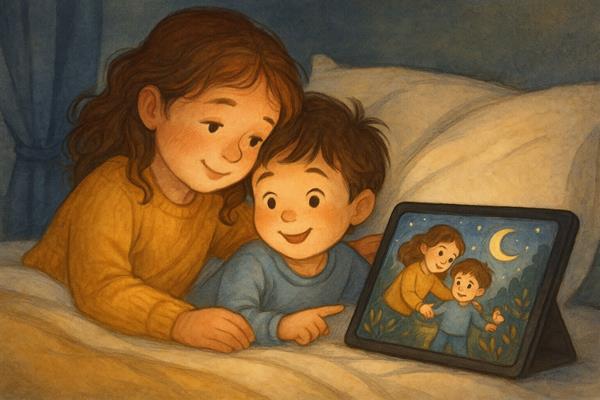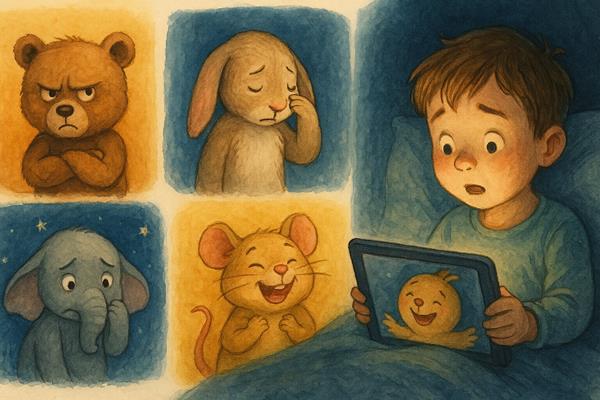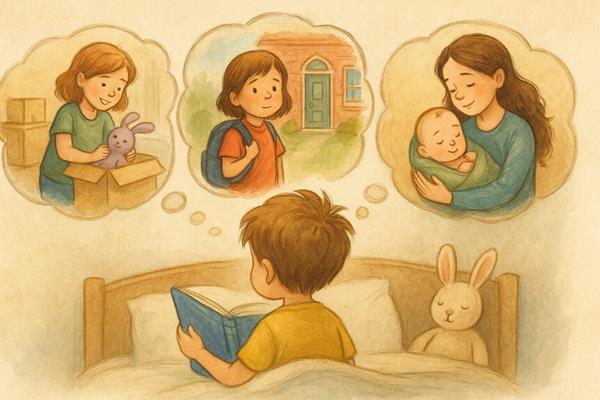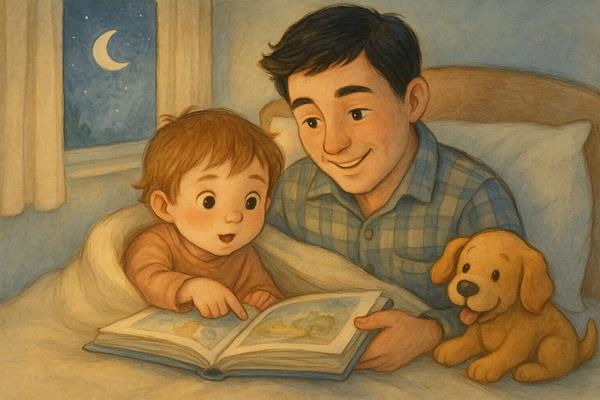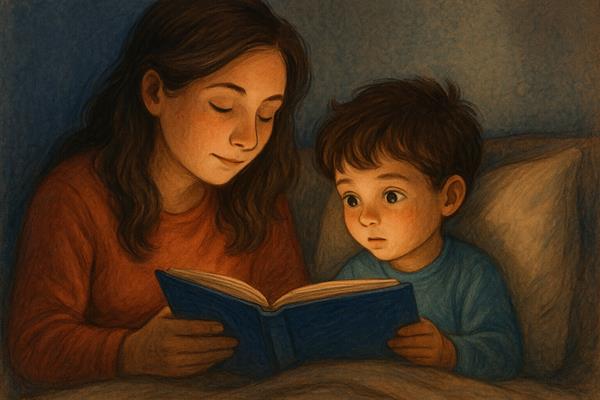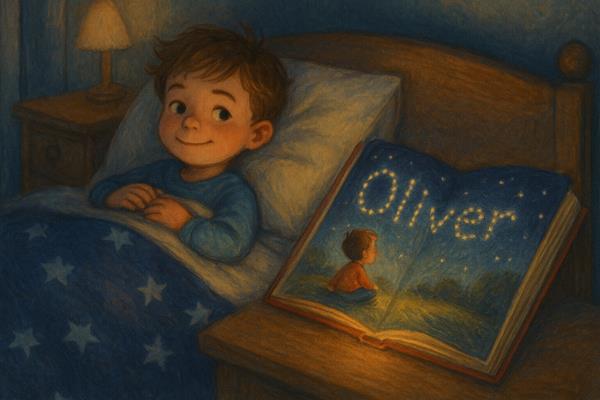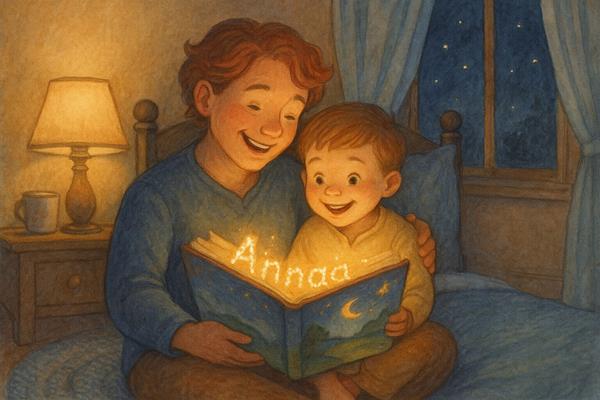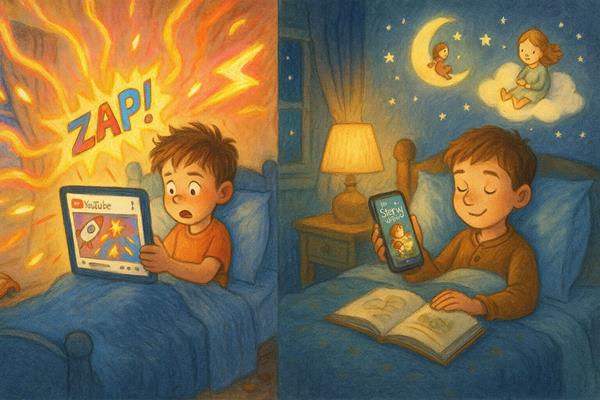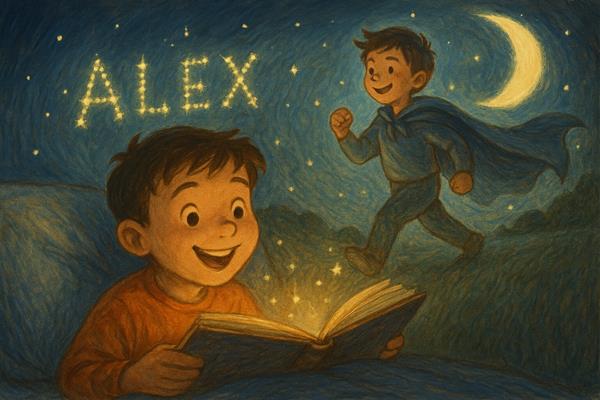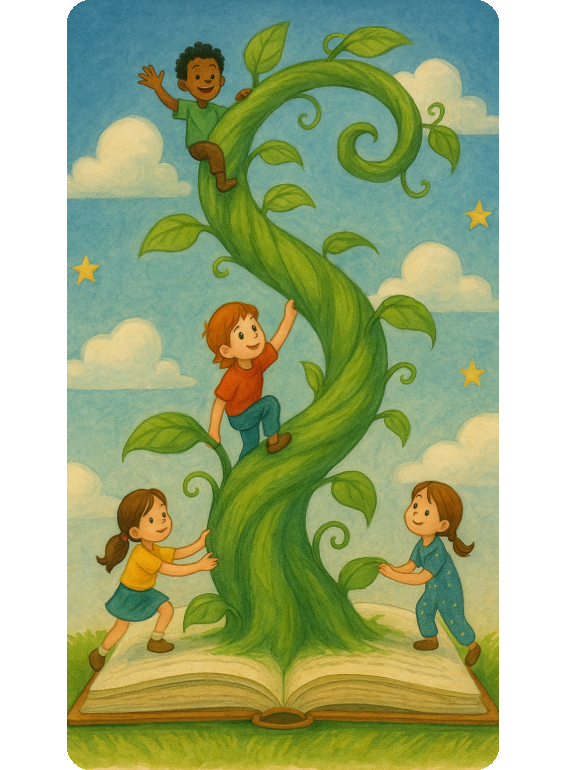Animal Adventures: Teaching Empathy Through Wildlife Tales
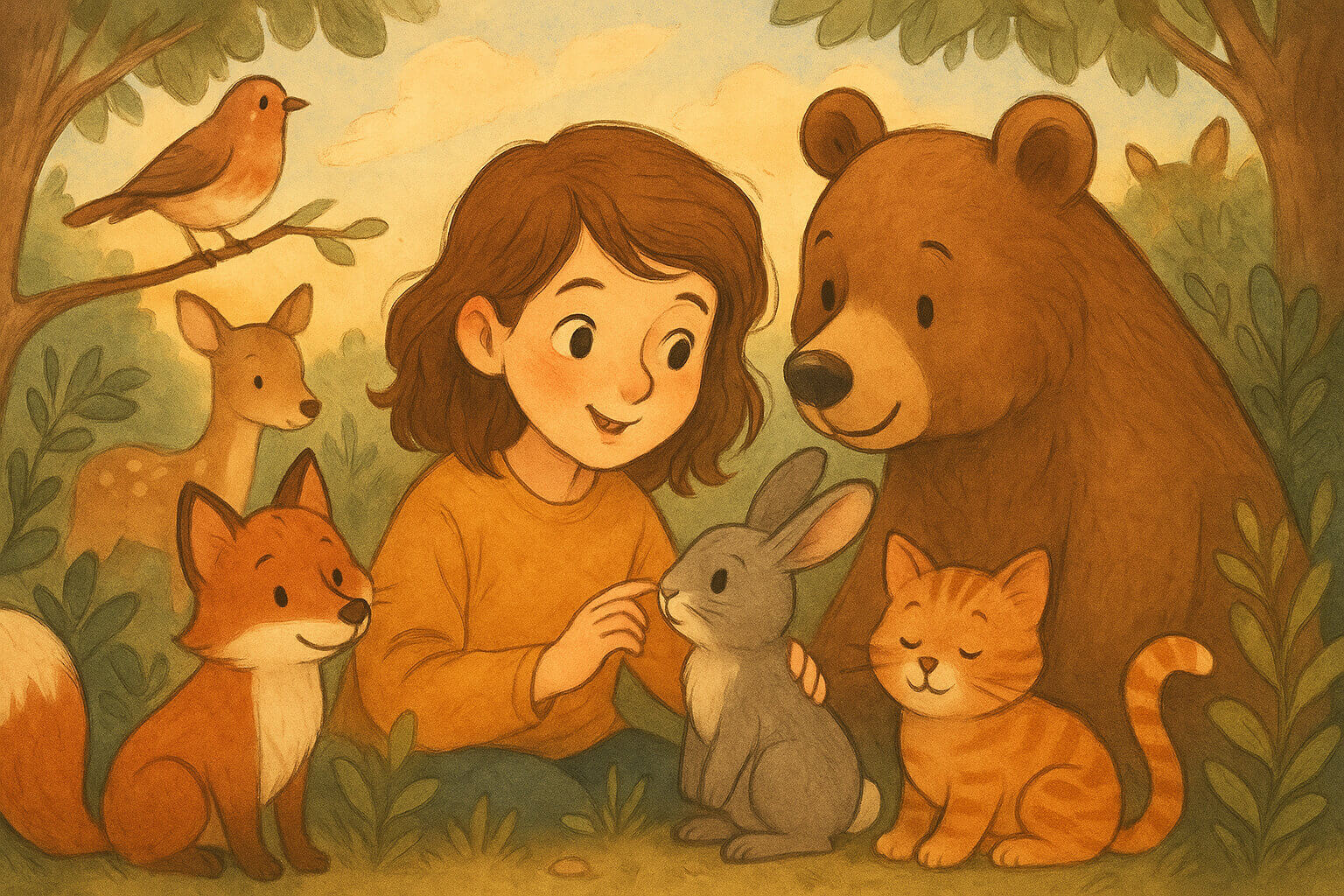
Introduction
Children naturally connect with animals. Whether it’s a puppy in a park or a bird at the window, these moments spark emotion and curiosity. That’s why animal stories are such powerful tools for teaching empathy—they help children feel, relate, and care.
Animal Characters as Mirrors
In stories, animals often reflect human feelings in simple, relatable ways.
-
A shy turtle may represent social anxiety
-
A lonely penguin might symbolize feeling left out
-
A kind elephant could demonstrate the power of helping others
When children see animals face these challenges, they begin to recognize and understand emotions—both their own and others’.
Safe Space for Big Emotions
Animal tales create emotional distance that makes difficult topics easier to process.
-
Stories can explore themes like friendship, loss, bravery, or inclusion
-
Children feel safer discussing a fox’s fears than their own
-
This encourages open conversations and emotional expression
Learning Through Gentle Conflict
Most animal stories feature a problem that needs solving—someone is hurt, lost, or misunderstood.
-
These situations provide lessons in compassion and patience
-
They show that being kind often leads to better outcomes
-
They highlight the value of teamwork and understanding
Encouraging Positive Behavior
Empathy is not only about feeling—it’s about acting. Animal stories often end with:
-
Forgiveness after a mistake
-
A helping hand offered in a moment of need
-
A new friendship formed through kindness
These examples gently guide children to model thoughtful, kind behavior in real life.
Conclusion: Kindness Through the Eyes of Animals
Animal adventures are more than cute tales—they’re lessons in how to be a caring human being. With Storivy, you can shape your child’s emotional growth through stories full of gentle heroes, relatable dilemmas, and heartwarming resolutions.
- Date: 20 May 2025
- Share:


